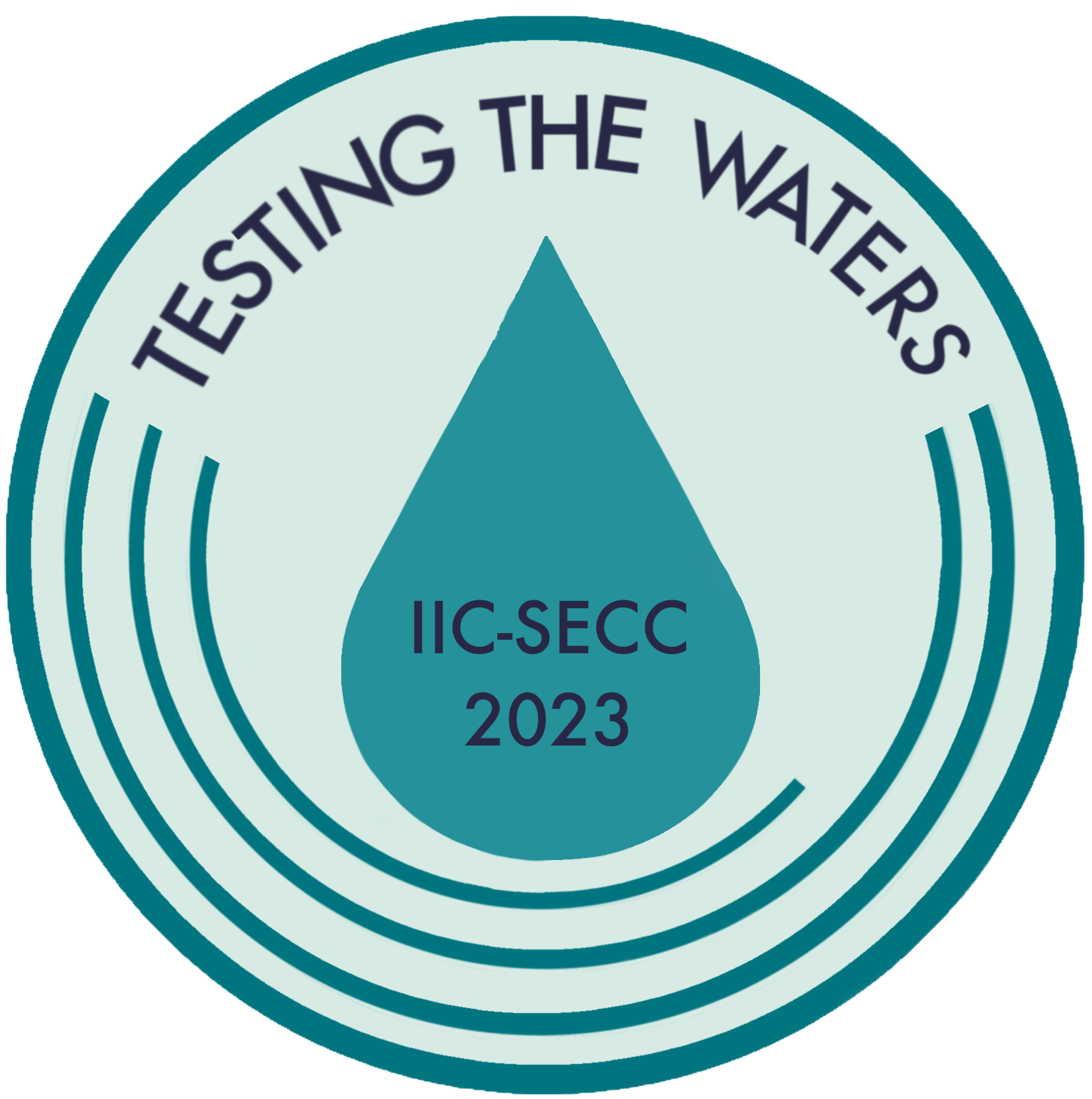IIC S&ECC - 2023 Amsterdam

Thursday, 16 November, 2023 - 19:00 to Saturday, 18 November, 2023 - 18:59
With the name “Testing the waters” the conference attempts to look at many of the issues that concern emerging conservators. Water represents both change and life, is present in many aspects of conservation and is a key component of our ecosystem. By using the common expression, ‘Testing the Waters’ as the title, we would like to treat the space of the conference as one in which to reflect and evaluate the first steps in a career in conservation.
The 2023 hybrid conference has been organised by conservation students at the Universiteit van Amsterdam (UvA) and will take place online and against the backdrop of the historic city of Amsterdam. It is for this reason that the conference logo for 2023 prominently features the canal ring of Amsterdam, honouring the location of this conference and the lifeblood of the city.
Registrations
Registrations are now closed for the 2023 Student and Emerging Conservator Conference (S&ECC) Amsterdam “Testing the Waters.” We hope to make recordings of the sessions available to members on the IIC Community platform following the event.
Programme
The conference will be divided in four sessions, each of them tackling different issues and challenges that are relevant for students and emerging conservators.
‘Session 1 “Surface tension: starting a career”
As conservators in training enter the field, they become aware of the dynamics and established practices present within the profession. However, it is important to remember that sectors are shaped by all participating members, including the newest ones. Among emerging conservators there is a growing interest in reshaping the field of conservation in fundamental ways. This includes pushing for more diversity and sustainability initiatives, addressing problems such as accessibility (how programs and internships are designed for people that have resources and can sustain themselves over long periods of time), and how to secure funding through fundraising to begin or maintain projects.
The focus of the first session is on an assortment of issues that many conservators will face when starting a career. Sustainability, accessibility, and diversity are some of the challenges that we will discuss. Furthermore, we will debate with the speakers how they have changed the field and how each of us can shift it as individuals.
Session 2 “Uncharted waters: ethics in difficult times”
While studying, conservators are trained to follow high standards, but once we go out into the world, we can find ourselves in difficult times. How do we approach conservation while we are surrounded by difficulties? How can we make the most out of the resources that we have and how and to whom can we call for help? How do we apply ethics to practise?
In this session, we will explore ethical questions, raising the subject of how we can reconcile idealistic scenarios and the reality of the working world. As well, a look at conservation during conflicts will be examined.
Session 3 “One droplet after another, building community”
Conservation is a small field that has historically borrowed from other sectors. Furthermore, in day-to-day practice, conservators work with other professions, in some cases closely related and in others with a further distance. How do we make connections and build community with the public, other institutions, colleagues and other fields that are connected with conservation?
During the third session of the conference the emphasis will be on collaboration between conservators and other fields and how to make the most out of it.
Session 4 "Still waters run deep: Conservation and communication"
Historically, conservation has been a back of house job, quietly hiding behind closed doors. But with time, conservation has made itself more visible, both in terms of treatments (making obvious what is an addition or original) and taking a more observable role in institutions. Conservators often work alone, but how can we make the field accessible to the public? How much are we expected to share and how can we do it? What challenges do we find in our way?
For the final session of the conference, we will deep dive into how conservation can become visible to the public and what challenges come with it.
About the Conference
The Grachtengordel was created in the Dutch Golden Age and was meant to unite the city while also promoting financial and social growth. However, it came with drawbacks, as the canals were subject to much pollution from the city. This problem was first addressed at the end of the 19th Century when a steam powered pump was installed to flush freshwater through the canals. Legislation is still being implemented to improve the water quality of the canals while the city simultaneously undergoes a massive reconstruction project to shore up the bridges and canal walls.
Behind this iconic landmark there is more than an 18th Century transport system, or a tourist attraction. The canal belt of Amsterdam represents a commitment to the preservation of history and heritage, while also reducing our impact on the environment. In this same way, conservators must continue to innovate and push the bounds of sustainability while still honouring and preserving our past.